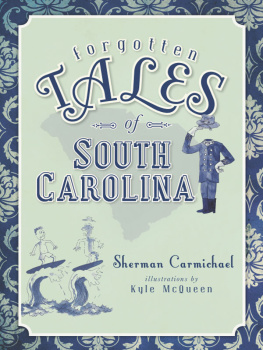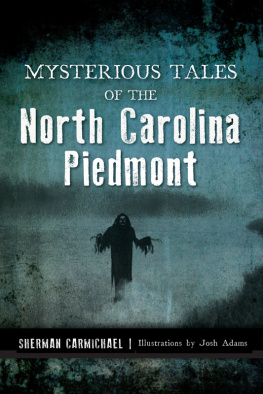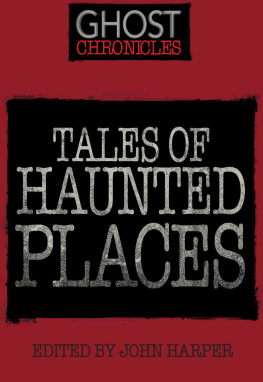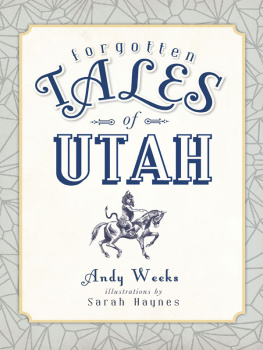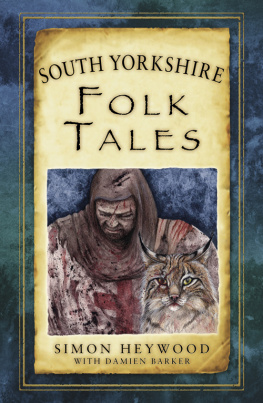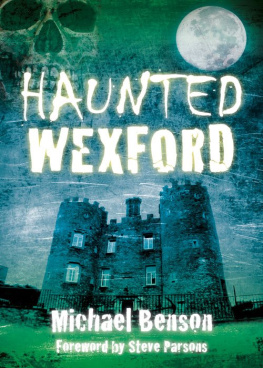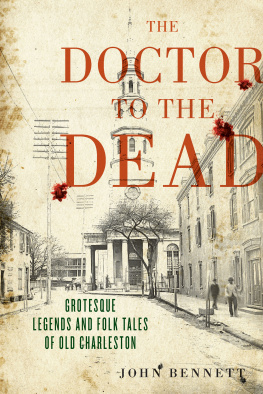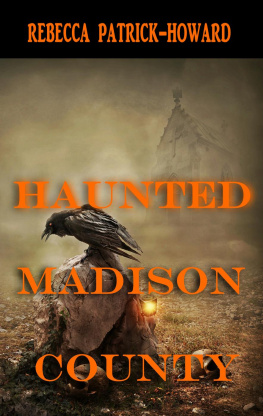

Published by The History Press
Charleston, SC 29403
www.historypress.net
Copyright 2011 by Sherman Carmichael
All rights reserved
First published 2011
Second printing 2012
e-book edition 2013
Manufactured in the United States
ISBN 978.1.62584.147.6
Library of Congress Cataloging-in-Publication Data
Carmichael, Sherman.
Forgotten tales of South Carolina / Sherman Carmichael.
p. cm.
print edition ISBN 978-1-60949-232-8
1. South Carolina--History, Local--Anecdotes. 2. South Carolina--Social life and customs--Anecdotes. 3. Tales--South Carolina. I. Title.
F269.6.C37 2011
975.7--dc22
2011000837
Notice: The information in this book is true and complete to the best of our knowledge. It is offered without guarantee on the part of the author or The History Press. The author and The History Press disclaim all liability in connection with the use of this book.
All rights reserved. No part of this book may be reproduced or transmitted in any form whatsoever without prior written permission from the publisher except in the case of brief quotations embodied in critical articles and reviews.
For everyone who believed in me
Acknowledgements
Without the following people, this book would never have been written: Beverly Carmichael, who for the many hours we traveled proofread and corrected my stories; and Rebecca Dunahoe, who provided the story about one of our ancestors and many words of encouragement. More words of encouragement came from Ric Carmichael, Lynette Goodwin and April Asaro.
Prologue
South Carolina is rich in history, and along with history come mysteries and legends. Whether these stories are true or just campfire tales, they still hold our attention. The stories in Forgotten Tales of South Carolina are based on research of reported actual happenings. All of these stories are based on stories from around the Palmetto State. I have tried to collect as much information relating to South Carolina as possible. Variations of some of the stories you are about to read have been handed down for hundreds of years and may bear some similarities to stories from other states.
Forgotten Tales of South Carolina
GHOST LIGHTS
When the sun sets in South Carolina, many talk of the darker side. Some are skeptics and nonbelievers, while others are believers and will heed the warnings of folk tales, legends, myths and ghost stories handed down from generation to generation. Though time has erased many names, exact dates and exact locations, these stories still catch the interest of many people today. Are they campfire tales or true stories? Scientists and other skeptics have tried to disprove the very existence of ghosts and other unexplained phenomena since they began investigating them. None has yet been scientifically proven to exist or not to exist.
Strange lights have been seen throughout recorded history from the time of Columbus to the present day. This unexplained phenomenon, described as a glowing ball, or balls, or glowing orbs of light, has been recorded throughout the world. They seem to appear in every color of the rainbow. In some locations, they have been reported to emit more than one color, usually two. They have been reported to sparkle, be stationary or move. Some have been reported to be high in the air, while others are low to the ground. Normally, the lights will vanish or move away when one moves too close to them. No one has been able to approach them to get a good visual. They always seem to be observed from a distance.
You may have seen or heard of these lights in a location near you. There are many different names, depending on the location, the story and whos telling it. Some names given to the ghost lights are earth lights, St. Elmos fire, fox fire, will-o-the-wisp, spook lights, earthquake lights and ball lightning. Every location seems to have a different name for them.
In the United States, they generally appear in the southern and western parts of the country. This could be because these parts of the country are riddled with ghost stories. They are usually in a fixed location. They are comparatively reliable in appearance, location and time.
Many theories and legends surround these mysterious glowing lights. Some theories include ignited gas from marshlands or reflections from car lights or a nearby town. Some people have even gone so far as to say that the lights come from farmhouses across the woods. None of these theories has held up to scientific study.
Some common folk tales are about ghostly Indian braves, UFOs, ghosts of slaves or ghosts of Confederate or Union soldiers. Others include the ghosts of condemned sinners left to wander the world for all eternity. In some locations, ghost lights are known as a death omen. Legend has it that anyone who sees these lights is sure to die soon.
Earth Lights
Earth lights are a rare light phenomenon often mistaken throughout history for dragons, UFOs and ball lightning. One leading scientific theory, still not proven, is that the lights are produced by tectonic strain in minor earthquake fault lines. However, they are seen in locations that do not have recorded fault lines.
They appear in many colors, with glowing orange seeming to be the most common. They come in a variety of sizes, from very small to basketball size.
The sightings appear at night or late in the evening after the sun has gone down, when they can be seen from long distances. They have also been reported to move against the wind.
Persinger and Lafrenire were the first scientists to recognize the ghost lights phenomenon in the late 1970s. In 1982, Devereux brought the phenomenon to wider public attention with his publication Earth Lights.
Persinger introduced the phrase anomalous luminous phenomena to avoid the UFO controversy and all the negativity associated with it.
St. Elmos Fire
St. Elmos fire is an electrical discharge often observed around masts of sailing ships and poles that cause ionization of the surrounding atmosphere. It often produces crackling noises, as well as gives a luminous glow, and often disappears with a bang. St. Elmos fire has been known to cause radio interference.
Both Christopher Columbus and Charles Darwin recorded in their writings that they observed this light phenomenon, which many times appears after a thunderstorm. This is believed to be a signal of clearer weather ahead and thus was a good omen to sailors.
St. Elmos fire has been mentioned in the writings of Julius Caesar and Shakespeare.
Fox Fire
Fox fire is a naturally occurring phenomenon sometimes visible in the woods at night. Its source is a bioluminescent fungi growing in special conditions. It usually appears on rotting tree bark.
Fox fire is caused by many different species of fungi, although Armillaria mellea appears to be the most common. Armillaria mellea emits a bluish green glow similar to childrens glow-in-the-dark toys. There have been a few reports of a reddish glow, probably caused by another species of fungi.
The following fungi may cause bioluminescence: Armillaria mellea, Collybia tuberosa, Mycenae chlorophos, Armillaria ostoyae, Mycena citricolor, Pleurotus nidfformis (ghost fungus), Omphalotus olearius and Mycena rorida (luminous spores).
Will-o-the-Wisp
The will-o-the-wisp has been recorded as flickering over marshy ground since the Middle Ages. Sir Isaac Newton mentioned the phenomenon in his 1704
Next page
